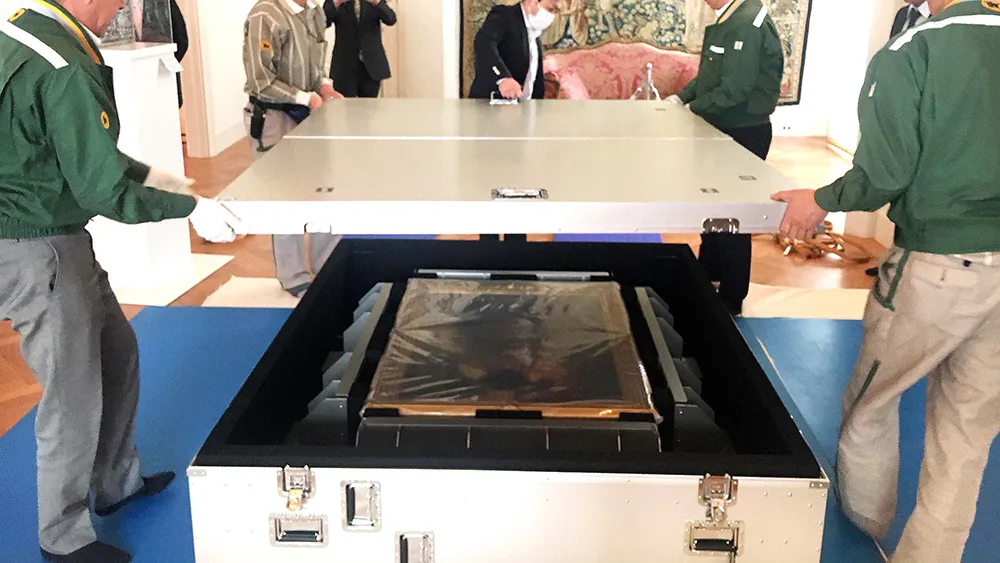Sustainability
SDGs Sustainability Initiatives
Museums can promote sustainability, contribute to a sustainable society, and educate the public about efforts to build for the future. The Ishibashi Foundation has been working on social issues since its establishment in 1956, but we have once again made SDGs an important goal and will contribute through both our art museum and donations, such as by protecting cultural properties, spreading education widely and without prejudice, and by promoting and supporting responses to climate change and global environmental conservation.
SDG Initiatives

No Poverty
- Free entry for students and people with disabilities

Good Health and Well-Being
- Provision of comfortable public spaces
- Creation of comfortable working environments
- Extensive health care for employees

Quality Education
- Learning programs
- Exhibitions and commentary on works of the collection and other works
- Support for school education

Gender Equality
- Collection of works by female artists
- Active introduction of works by female artists

Affordable and Clean Energy
- Reduction of CO2 emissions by 4.1 tons by installing solar panels
- Energy-saving building structure (thermal insulation, airtightness, and nested structure)
- LED lighting throughout the building

Decent Work and Economic Growth
- Reform of work styles (taking days off, working from home, etc.)
- Shortening of working hours (from 8 hours to 7.5 hours)
- Reduction of work through IT

Reduced Inequalities
- Making the museum barrier-free
- LED signs for easy viewing
- Multilingual support

Sustainable Cities and Communities
- Keeping works in the storage in the suburbs
- Earthquake measures (use of an underground seismic isolation structure)
- Measures against flood damage (having exhibition rooms and other facilities to upper floors)
- Measures against power outages (72-hour power generation facility)

Responsible Consumption and Production
- Development of reusable art crates for transporting works
- Reuse of exhibit fixtures (exhibit wall panels, etc.)
- Review of museum goods materials

Climate Action
- Greening of the plaza and the walls and rooftop of the building
- Temperature control using louvers outside the building
- Use of rainwater

Life Below Water
- Reusing marine waste plastic for Museum Goods
- Review of shop packaging materials

Life on Land
- Switch to paperless
- Use of FSC-certified paper, bamboo paper, etc.

Partnerships for the Goals
- International exchange (loan borrowing and lending of works, holding special exhibitions, etc.)
- Collaboration with other museums and educational institutions in Japan
- Collaboration with local communities


Programs Towards Becoming Carbon Neutral
Extreme weather and weather-related disasters are increasing and expanding globally, year by year. As the damage to humans and the economic losses keep intensifying, reducing emissions of carbon dioxide, the cause of the global warming that is producing climate change, has become a global issue.
Given our current environment, The Ishibashi Foundation has launched programs towards becoming carbon neutral by reducing carbon dioxide emissions.
We have long addressed sustainable development goals as a critical objective for the foundation. Programs carried out thus far to contribute to those goals include developing reusable art crates for shipping works of art, reusing exhibition materials, and installing solar panels. With achieving carbon neutrality as a new objective, we are researching and considering activities that will contribute to further reductions in emissions. With a project team that cuts across all our programs organized, we will take action, starting with measures we can implement now, such as the use of renewable energy.
